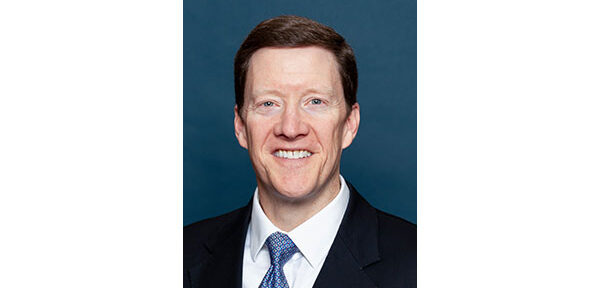
Each year, Carole Albright—also an attorney and Professional Registered Parliamentarian—and I attend numerous conventions, annual meetings, and representative assemblies. Lately, we’ve noticed two major changes in these gatherings: members are more engaged at these meetings than ever, and there seems to have been a generational shift in who’s attending. Since the pandemic, many seasoned delegates familiar with parliamentary procedure are no longer present. In their place are newer, often younger members—enthusiastic, but sometimes unfamiliar with the more formal meeting rules necessary in larger groups following Robert’s Rules of Order (or some version of “Sturgis” or the AIP Standard Code).
This shift has led to more frequent misuse of certain motions from the floor, especially:
- Request for Information
- Parliamentary Inquiry
- Point of Order
- Point of Personal Privilege
Each serves a distinct purpose. Confusing them not only disrupts the flow of business but also undermines a member’s credibility. Some of these motions may even interrupt a speaker or take precedence in debate, so it’s important to use them correctly. The following brief overview can help ensure meetings remain efficient, orderly, and professional.
Request for Information
Previously known as a Point of Information (prior to the 2010 edition of Robert’s Rules), this motion is used to ask a factual question about the matter under discussion. The name was updated to clarify that it’s not a way to give information or slip in debate.
Use this when you truly need clarification—ideally framed like a journalist’s question:
- “When would the proposed dues increase take effect?”
- “What is the cost estimate for Resolution 6?”
Requests for Information tend to go better if you start with “who,” “what,” “why,” “when,” “where,” or “how,” making clear you have a question. Avoid rhetorical questions or ones where you already know the answer—that’s what debate is for. Presiding officers can streamline the process by simply asking, “What is your question?” as soon as a member is recognized.
Parliamentary Inquiry
This is how you ask the chair a question about procedure or rules, not substance.
You don’t have to use the exact phrase “Parliamentary Inquiry,” as you could just ask the question, but the intent should be clear:
- “What vote is needed to adopt this motion?”
- “How can I postpone this issue to our next meeting?”
- “Do our bylaws allow amendments without advance notice?”
This tool is underused but can prevent confusion and errors before they occur.
Point of Order
This motion is used to call attention to a rule violation or procedural mistake. It can interrupt discussion, does not need a second, and is not debatable.
When you raise a Point of Order, the presiding officer pauses proceedings and rules on it:
- If valid: “The Point of Order is well taken.” The error is corrected.
- If not: “The Point of Order is not well taken.” The chair explains why.
It’s important to remember that this motion is for procedural issues—not for correcting factual statements during debate. If you think something said was inaccurate, wait your turn and respond in debate.
Point of Personal Privilege
Often misused, this motion is meant to address something that affects a member’s ability to participate, such as noise, temperature, or personal attacks.
There are two types of requests for privilege:
- Privilege of the assembly (e.g., “It’s too noisy to hear.”)
- Personal privilege (e.g., “A comment earlier misrepresented me.”)
Points of Personal Privilege get misused when they are used as open mic night—this is not a method to express feelings about the pending or prior motion or simply make an announcement. Remarks on a pending motion should be made during debate, and comments on an already-adopted motion generally have no proper place later in the meeting. Announcements should wait till the end of the meeting or be sent to the chair for announcing.
Conclusion
While these motions may sound similar, each has a specific and important role. When used correctly, they help maintain order, respect the process, and ensure everyone’s voice is heard the right way. A little preparation at the mic goes a long way toward a smoother, more effective meeting.
The above is a brief overview of several common motions frequently raised by members. For more detailed information, reach out to Carole or me, or consult Robert’s Rules of Order Fast Track or Notes and Comments on Robert’s Rules, Fifth Edition.


